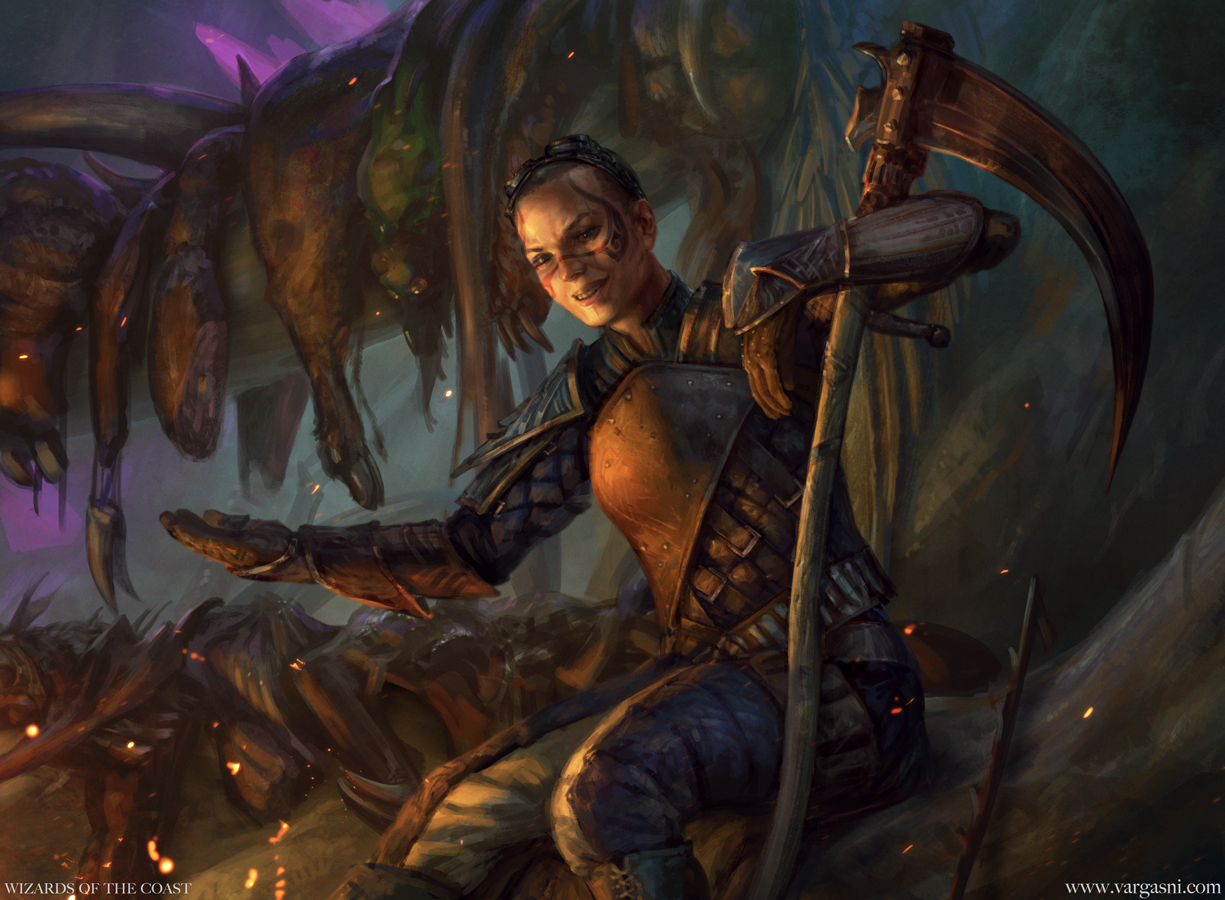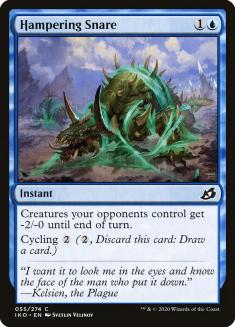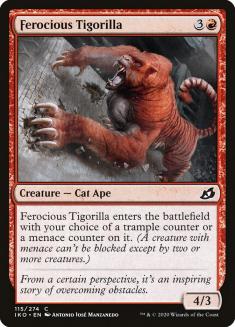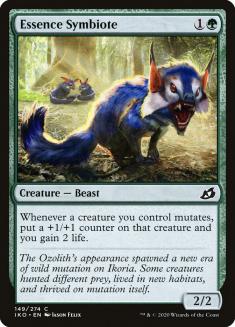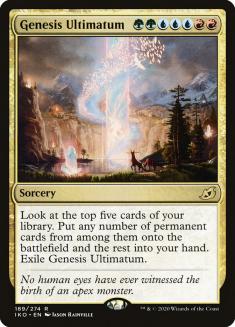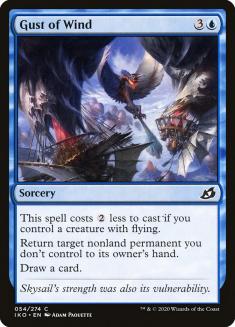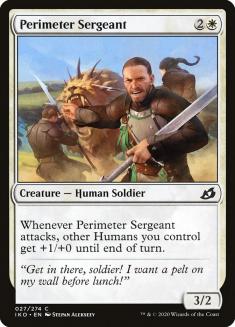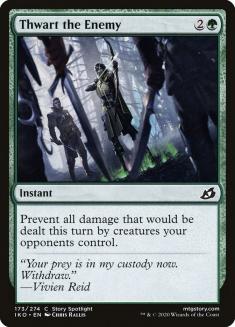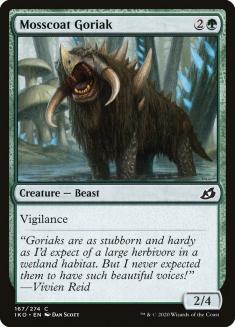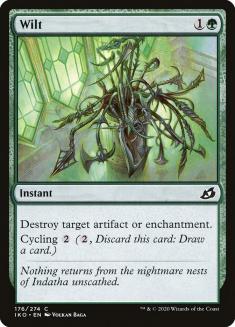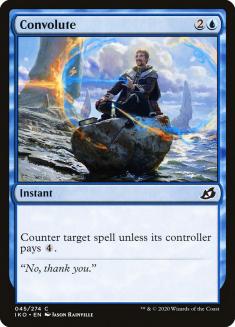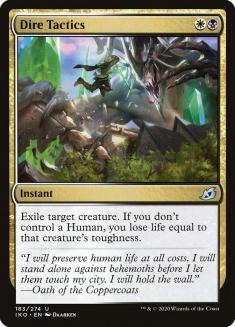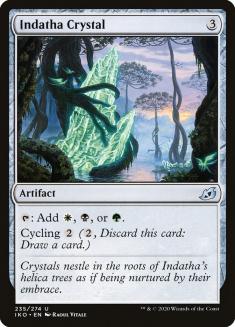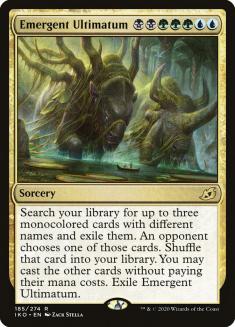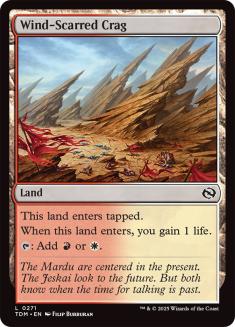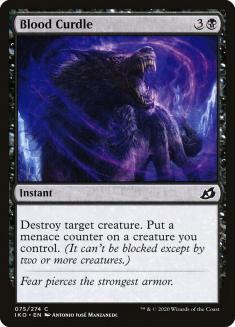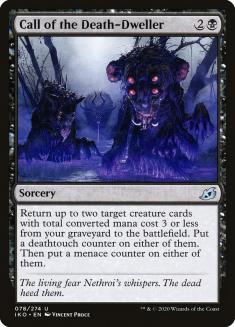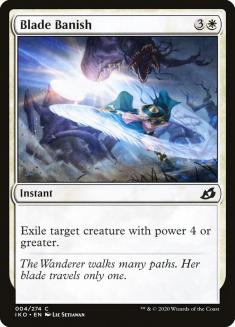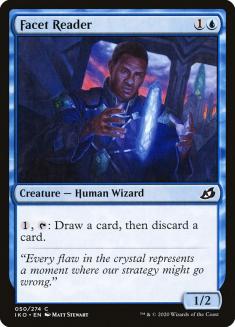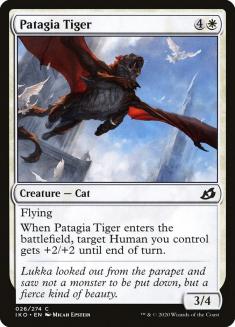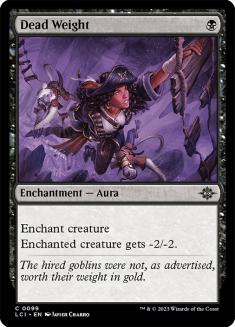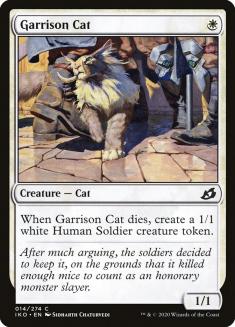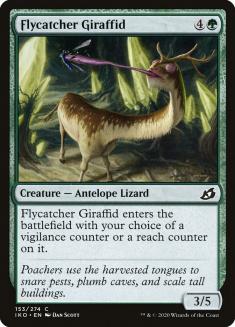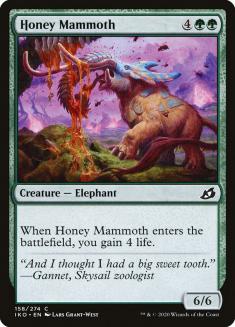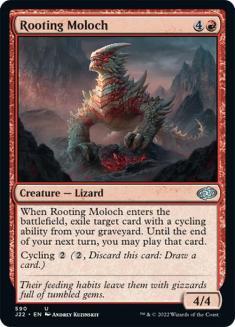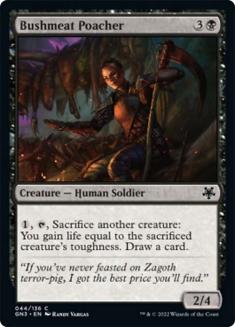Draft navigation is incredibly complex. Pick orders fall apart rapidly after just a few picks. Reading and sending signals, while not required skills, are very important for applying logical tie-breakers in order to build a path towards the best deck a seat presents.
The general consensus is that reading signals is substantially more important than sending signals, but that doesn’t mean the latter should be ignored. Often the marriage between reading and sending signals enables a narrative between a drafter and the people next to them. Strengthening that narrative increases the probability that each drafter ends up in a different archetype, making each deck better. Note that this is not guaranteed. Signals are muddy. And while I won’t get into the weeds about signal-reading-techniques in this article, if you’re interested in that, I wrote about it extensively three years ago.
In the draft below, the architecture of Pack 1, Pick 2 had a significant impact. Let’s take a look at that pack:
An uncommon is missing from the pack above, and there’s a foil rare. Dire Tactics and Emergent Ultimatum are the only black cards in this pack, and I started this draft with Blood Curdle. Normally, no commons of a color is a strong signal that somebody upstream took a card of that color. In this case, a foil rare replaced the black common in the pack. Given that Emergent Ultimatum is both extremely difficult to cast and mediocre, I can decrease the probability anybody downstream drafts a black deck by taking Dire Tactics. It’s in the same color as my first pick, and is the best card in the pack.
This doesn’t mean anything particularly significant. As I’ve stated, signals are muddy. But the accumulation of signal-containing data-points yields that narrative, so it is important to make note when passing a pack that potentially contributes to that narrative. Discerning whether strengthening the narrative by sufficient signalling is worth more than taking a better card is one of the more difficult skills in drafting. And Pack 1, Pick 4 presents exactly that question.
Pack 1, Pick 4
The Picks So Far:
The Pack:
The Pick:

